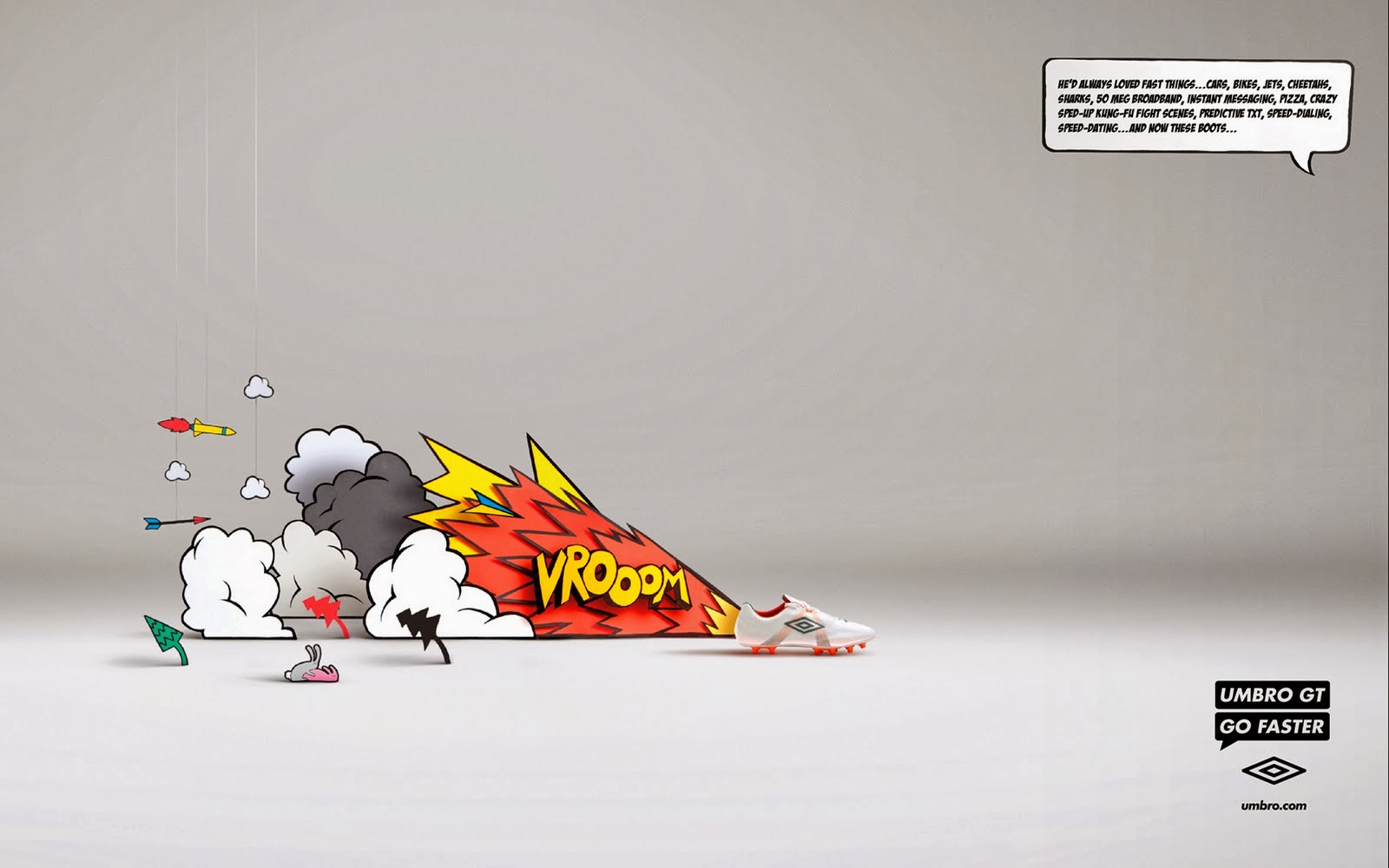Although storytelling through pictures has
been in existence as far back as history can tell, comics were first introduced
in the 1890s. The Yellow Kid is
largely considered to be the first comic strip, debuting in a Sunday supplement
in America in 1895. It brought with it
the “word balloon” as its creator Outcault put it and has given us what is now
an iconic staple in not only the comic world, but the lexicon of art and design
as a whole – the speech bubble. In 1937, Detective Comics, or as we all know it
today - DC Comics, released its first issue and kick-started what academics
call the Golden Age of comics, a.k.a – the re-definition of childhood. The
world of superheroes, fantasies and general awesome-ness had begun.
 |
The Yellow Kid comic strip. Photo courtesy: www.lambiek.net
|
 |
| The first issue of Detective Comics. Photo courtesy: wikicommons |
Over the years, apart from being one of the most effective (and enjoyable!) mediums of story telling, comics have lent themselves to the world of design through their illustration style. The comic style of illustration has achieved a cult status of sorts, often being associated with kitschy design concepts. We come across this style of illustration in almost all forms of commercial design & communication –
PRINT
ADS
 |
| 1934 Advertisement for Nestle in a comic strip style. Photo courtesy: sparehed.com |
 |
Umbro Go Faster Print Ad. Photo courtesy: lovecreative.com
|
 |
Volkswagen Emergency Brake advertisement. Photocourtesy: coloribus.com
|
FASHION
 |
Photos courtesy: bearshoes.com, brilliant-apparel.com, timeoutchicago.com, geekpinata.com
PACKAGING
 |
DKNY Be Delicious Special Edition Packaging. Photo courtesy: geniusbeauty.com
|
 |
MAC Wonder Woman Limited Edition Collection. Photo Courtesy: style.com
|
 |
3R Tequila packaging. Photo courtesy: thedieline
|
 |
| Limited Edition Wine Bottle labels by Australian design agency The Creative Method. Photo courtesy:trendhunter.com |
The comic style is iconic, recognizable and
instantly garners curiosity and interest as it is associated with a story and a
“What happens next?” sentiment, thus successfully grabbing the attention of the
audience or consumer. It humanizes the design, adds personality, is uplifting
and creates a generally positive feeling within the viewer. Comics and the
comic illustrative style also seem to have a unique quality of evolving and
being current and trendy while still staying vintage, quirky and old-school at
the same time. In commercial design, this style helps make the product standout
from a crowd and often puts an excited smile on the consumers face, regardless
of age.
On that note, here’s something to put a smile on all our faces – wise words from the most profound 6-year old that ever was..
 |
Image courtesy: chutzpah.typepad.com
|
So tell us, what’s your favourite comic
strip or book and if you could design your own comic inspired item, what would
it be?
Additional
Credits: Wikipedia.org and The Comics
– An Illustrated History of Comic Strip Art 1895-2010, by Jerry Robinson
Sharanya Venkataraman, Account Executive






No comments:
Post a Comment